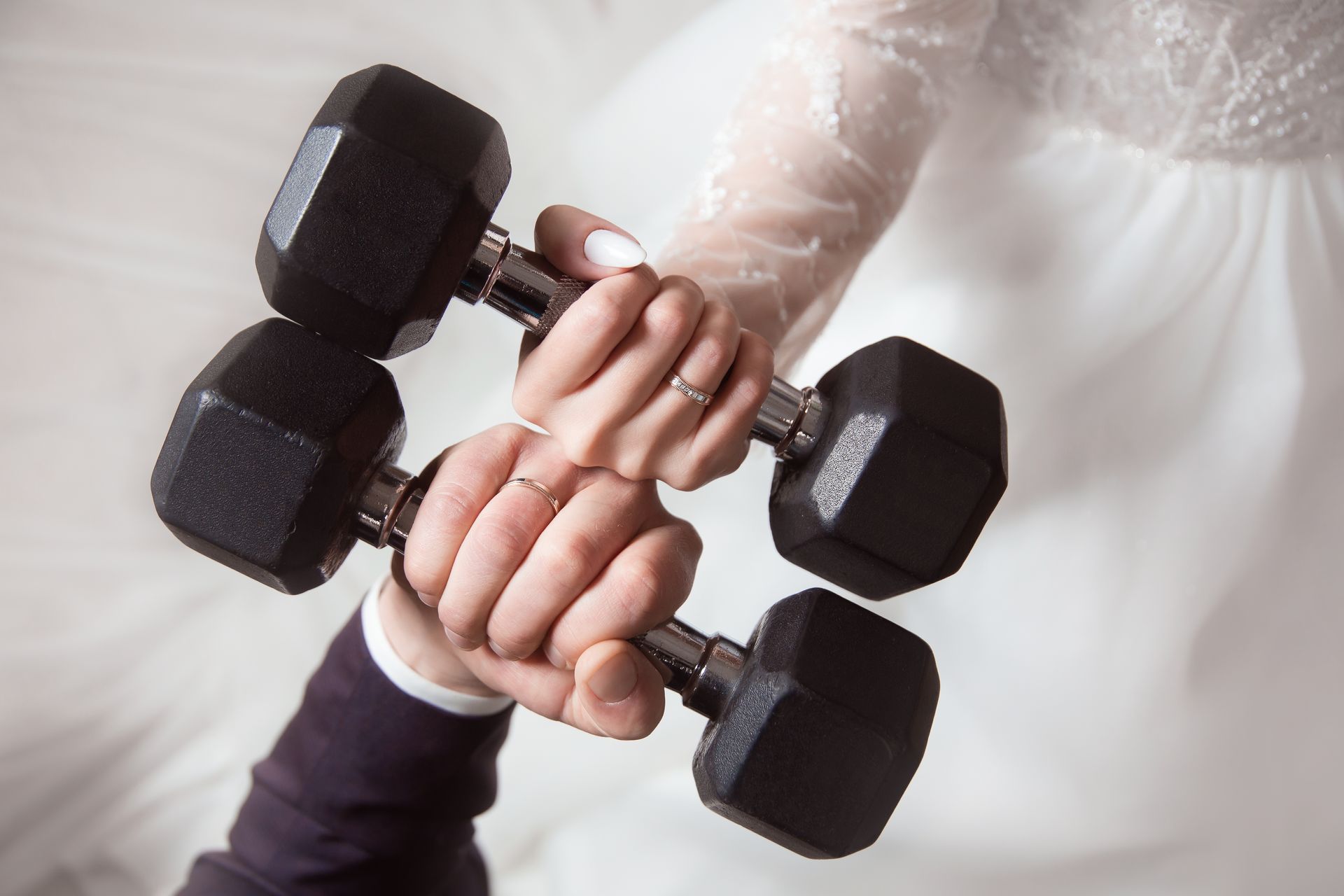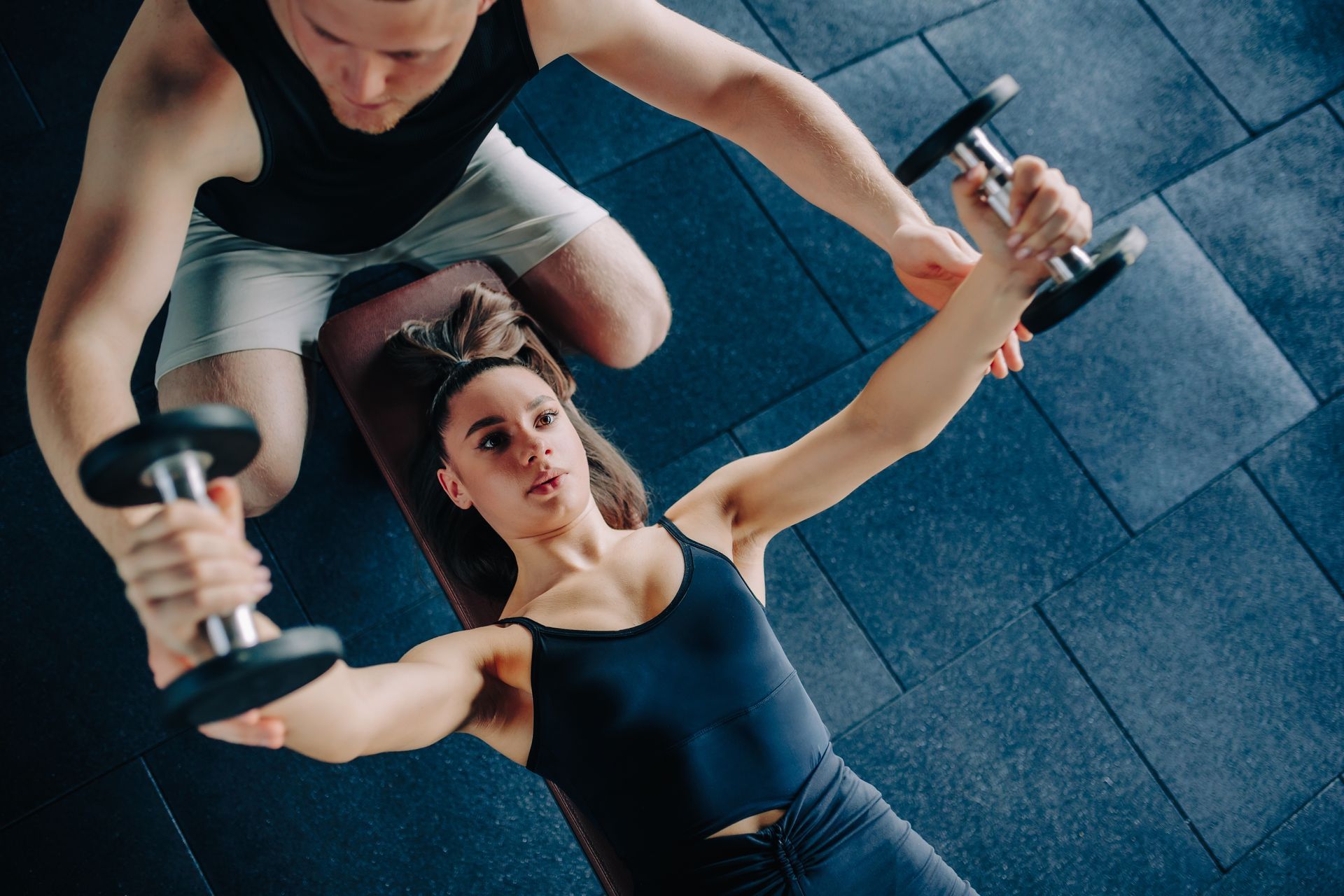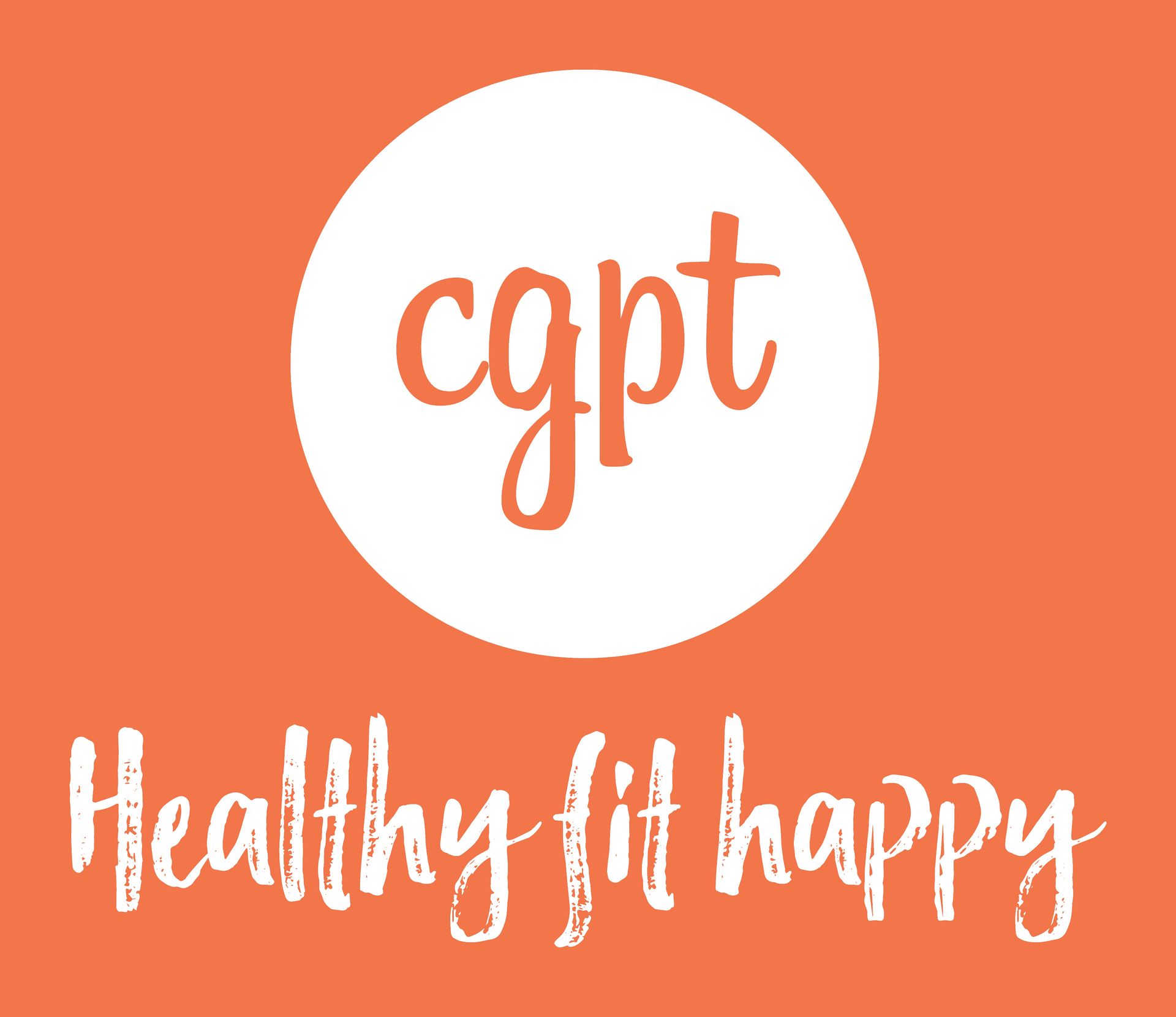The Best Strength Training Accessories You’ve Never Heard Of (And Why We Swear By Them at CGPT)
The Best Strength Training Accessories You’ve Never Heard Of (And Why We Swear By Them at CGPT)
If you’ve ever stepped into a big-box gym and felt overwhelmed by the sea of machines, cables, and sweaty benches, you’re not alone. But at CGPT, we’ve designed a strength training experience that’s focused, personalised, and incredibly effective - right down to the tools we use.
While most people are familiar with barbells, dumbbells and resistance bands, it’s often the lesser-known accessories that make the biggest difference. These aren’t gimmicks. These are evidence-based tools that, when combined with expert guidance, can help you get stronger, lift more safely, and see results faster.
So what are these underrated strength training heroes? And why do we use them with our clients every single day?
Let’s dive in.
1. Wrist Wraps & Wrist Straps
Let’s start with the two things that get forgotten until they start hurting: your wrists.
Wrist wraps offer support during pressing movements like bench press, overhead presses, and even certain squat variations. They help keep the wrist in a neutral, stable position - especially important if you’re lifting heavier loads or dealing with mobility limitations. Wrist wraps don’t make you weaker - they give your joints the backup they need to perform at their best.
Wrist straps, on the other hand, are ideal for pulling exercises - think heavy rows, deadlifts, or assisted pull-ups. They’re designed to reduce grip fatigue, allowing you to focus on the target muscles (like your lats or hamstrings) instead of worrying about your hands giving out first.
Many of our clients come to us after years of avoiding certain exercises due to discomfort or injury risk. These small but mighty accessories - combined with our coaching - often unlock whole new movements they never thought they could do safely.
2. Fractional Plates
Fractional plates are the 0.25kg, 0.5kg, and 1kg metal discs that look almost too small to matter until you realise they’re the secret to long-term progression.
The average gym goer is stuck in a pattern of jumping from 5kg to 7.5kg, or 10kg to 12.5kg, which can sometimes be too large of a leap - especially for beginners or those coming back from injury.
With fractional plates, we can increase load more gradually, which keeps clients progressing consistently and reduces the risk of plateaus or overload.
This level of precision is why CGPT programs are so effective. We don’t just guess or go by feel - we plan and track every kilo, every rep, and every phase of your training.
3. Lifting Wedges
Tight calves? Limited ankle mobility? Struggle to squat to depth without your heels lifting off the floor?
Enter the lifting wedge.
These simple rubber wedges - placed under your heels - instantly change your squat mechanics by elevating your heel and increasing your ankle range of motion. This means:
· Better depth in squats
· Improved posture and positioning
· Less strain on knees and lower back
We often introduce these wedges during early training blocks with new clients to help build confidence and improve form especially if they’ve been avoiding squats due to discomfort.
Over time, as mobility improves, we may phase them out. But for many, they become a permanent part of their lifting toolkit.
4. Resistance Bands (The Right Way)
Yes, everyone has seen a resistance band but not everyone is using them to their full potential.
At CGPT, we don’t just hand you a band and tell you to do a few bicep curls. We integrate bands strategically to:
· Add resistance to bodyweight movements
· Create variable tension for exercises like push-ups or squats
· Assist with pull-ups as you build strength
· Improve joint control and stability during warm-ups or rehab
Our trainers know exactly how to dose and progress band work, making it far more effective than the YouTube workout you tried at home during lockdown.
5. Slant Boards
These flat, angled boards are used to train with an elevated heel or toe position and can be a game-changer for clients with joint issues or mobility limitations.
We use slant boards for:
· Knee rehab: They allow for controlled quad-focused movements with reduced knee strain.
· Calf strengthening: Perfect for controlled heel raises.
· Ankle mobility: Encouraging proper alignment and joint loading during lower-body exercises.
They’re especially useful for clients managing patellofemoral pain or coming back from meniscus injuries. Think of them as a form meets function upgrade.
Why These Tools Give CGPT Clients a Real Edge
If you’ve ever wondered why training at CGPT gets better results than training on your own at a commercial gym, this is part of the reason.
Most commercial gyms leave you to your own devices. You might pick up a few cues from a YouTube video or copy what someone else is doing nearby but there’s no real strategy, no feedback, and no personalisation.
At CGPT, your trainer knows your injury history, your goals, your mobility limitations, and your current training block. And they know exactly how to use these tools to help you progress safely and confidently.
This is pro-level training without the ego, along with these accessories, help us bridge the gap between physiotherapy and performance.
How We Use These Accessories in Real Life Training
To give you a feel for how some of our trainers use these tools in everyday sessions, here are a few examples from our team:
· Tim uses fractional plates with his clients returning from injury so they can rebuild strength without overreaching.
· Sophie incorporates slant boards and wedges in her programming for postpartum clients needing controlled lower-body loading.
· Laurence loves resistance bands to activate key muscles during warm-ups especially for those with desk jobs and tight hips.
· Jon often uses wrist straps for clients wanting to focus on heavy rows and Romanian deadlifts without grip limitations.
· James brings out wrist wraps during advanced pressing phases where joint support makes a huge difference in form and output.
· Adam tailors accessory use based on client feedback, always adapting the program to suit their weekly needs and lifestyle.
This isn’t cookie-cutter programming. It’s tailored strength coaching built on experience, science, and your goals.
Ready to Train Smarter, Not Just Harder?
Whether you're new to lifting or have been training for years, using the right tools under the guidance of the right coach can fast-track your results and protect your body for the long haul.
At CGPT, we’ve built a space that’s focused on your progress. We invest in the accessories that matter (so you don’t have to) and we teach you how to use them properly. You won’t find gimmicks here just proven, practical tools used by a team of highly qualified personal trainers who genuinely care.
Want to experience the CGPT difference?
Come in for a consult. Let’s get started with a movement screen, set some goals, and see what the right tools (and the right trainer) can help you achieve.
Check out our website:
www.chrisgympt.com
Email Andrea to book your first session: andrea@chrisgympt.com
Bibliography
Behm, D.G., Drinkwater, E.J., Willardson, J.M. & Cowley, P.M., 2010. The use of instability to train the core musculature. Applied Physiology, Nutrition, and Metabolism, 35(1), pp.91–108. Available from: https://doi.org/10.1139/H09-127
Comfort, P., Allen, M., Graham-Smith, P. & Matthews, M.J., 2011. Kinetic comparisons during variations of the power clean. Journal of Strength and Conditioning Research, 25(12), pp.3269–3273. Available from: https://doi.org/10.1519/JSC.0b013e318212dda3
Cormie, P., McGuigan, M.R. & Newton, R.U., 2011. Developing maximal neuromuscular power: Part 1 – Biological basis of maximal power production. Sports Medicine, 41(1), pp.17–38. Available from: https://doi.org/10.2165/11537690-000000000-00000
Schoenfeld, B.J., 2010. The mechanisms of muscle hypertrophy and their application to resistance training. Journal of Strength and Conditioning Research, 24(10), pp.2857–2872. Available from: https://doi.org/10.1519/JSC.0b013e3181e840f3
Wernbom, M., Augustsson, J. & Thomeé, R., 2007. The influence of frequency, intensity, volume and mode of strength training on whole muscle cross-sectional area in humans. Sports Medicine, 37(3), pp.225–264. Available from: https://doi.org/10.2165/00007256-200737030-00004




